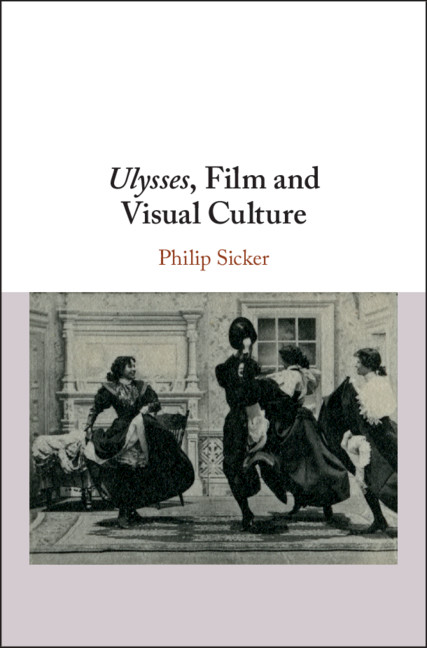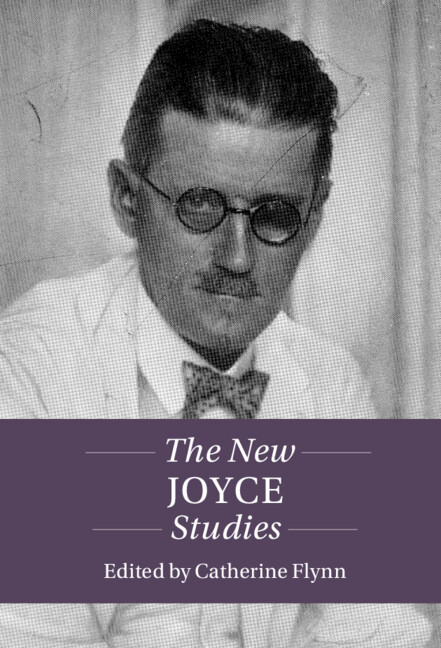Ulysses, Film and Visual Culture
Although Joyce was losing his sight when he wrote Ulysses, Stephen's and Bloom's visual experiences are extraordinarily rich and complex. Absorbing the influences of popular visual attractions such as dioramas, stereoscopes and mutoscopes, their perceptions of Dublin are shaped by what Walter Benjamin calls 'unconscious optics'. Analyzing closely the texture of their impressions and of Joyce's prismatic narrative styles, Philip Sicker explores the phenomenon of sight from a wide-ranging set of perspectives: eighteenth-century epistemology (Locke and Berkeley), theories of the flaneur (Baudelaire and Benjamin), Italian Futurist art (Marinetti and Boccioni), photography (Barthes and Sontag), and the silent films Joyce watched in Dublin and Trieste. The concept of 'spectacle' as a mechanically-constructed visual experience informs Sicker's examination of mediated perception and emerges as a hallmark of modernist culture itself. This study is an important contribution to the growing interest in how deeply the philosophy and science of visual perception influenced modernism.
- Presents a new reading of Ulysses through visual culture
- Traces the influence of specific films that Joyce saw and drew upon
- Analyzes modern urban experience through Joyce's version of the flaneur
Reviews & endorsements
'Sicker’s book … brings Ulysses alive by examining its particularities and specificities. … His book demonstrates that there is still much fertile and enriching ground to be tilled and planted in our examination of one of the central books of Western literature.' Peter O’Brien, The Fortnightly Review
‘… Sicker’s study is a major advance in the conversation about Ulysses’ centrality to the modernist canon …’ Keith Williams, Modern Language Review
Product details
November 2018Hardback
9781108428408
276 pages
235 × 157 × 19 mm
0.54kg
7 b/w illus.
Available
Table of Contents
- Introduction: Joyce's spectacles: technologies of sight
- 1. Ineluctable visuality: Stephen's ways of seeing
- 2. 'Caught in this burning scene': Stephen in the gaze of others
- 3. Snapshots from the pavement: Bloom as modernist flaneur
- 4. Painting motion: 'wandering rocks' as futurist narrative
- 5. 'Alone in the hiding twilight': Bloom's cinematic gaze in 'Nausicaa'
- 6. Mirages in the lampglow: 'circle' and Melies's dream cinema
- 7. Vision conjoined: Stephen and Bloom's intersubjective perception.






